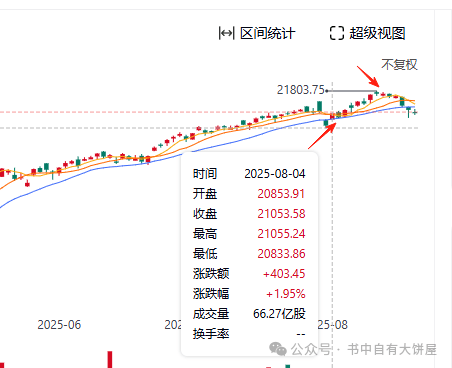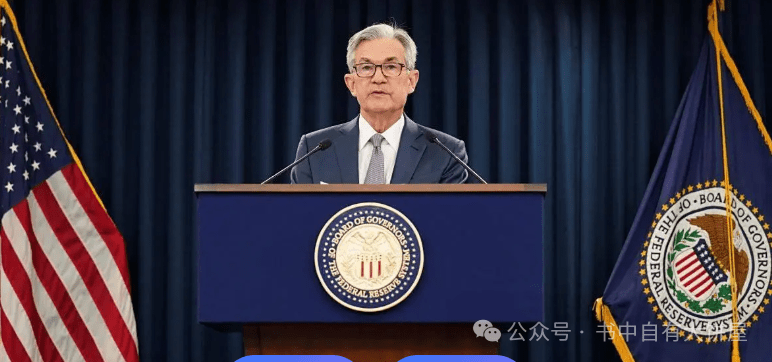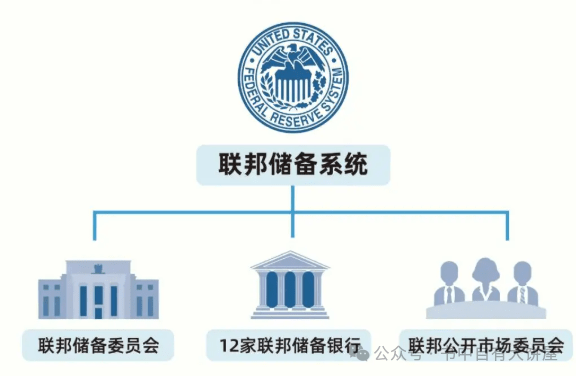Today, news broke that the Federal Reserve's interest rate cut in September may not be optimistic. This is the view expressed by several Federal Reserve regional presidents at the Jackson Hole meeting, and Cleveland Fed President Beth Hammack stated, 'Based on the current data, if the meeting were held tomorrow, I wouldn't think there is a reasonable basis for a rate cut.'
Let's first review the previous discourse. After the non-farm employment data was released on August 1, showing only 73,000 jobs—far below expectations—Federal Reserve Vice Chair Michelle Bowman stated in the market that there would be three rate cuts this year, and various regional presidents also said to accelerate rate cuts. At that time, the CEM tool FedWatch indicated a 90% probability of a rate cut in September. (End of four years—cryptocurrency market data analysis!)

Subsequently, the U.S. stock market entered a rising mode, with the Nasdaq climbing from 20,800 to 21,800, the Dow Jones rising 1,000 points from 43,700, and the S&P 500 seeing similar results.

But you have to know that in July, Powell said there would be no rate cut, and Trump's clever tariffs caused the market to crash.
However, despite the interest rates remaining unchanged, the market has indeed been altered, because the financial market is driven by 'expectations'!
Here, one cannot help but admire the market operation skills of the Federal Reserve team, which has completely grasped the financial markets of the world. The interest rate decision meeting is held 8 times a year (FOMC), a rule that was established long ago. Therefore, in July, old Powell certainly had to announce a decision, and not cutting rates should indeed reflect an improvement in data—this was a well-considered decision because once the knife is drawn, one less tangible hand is available.
However, if merely speaking can lead to one less card being played, why not? So after the decision is announced, if market feedback shows a downturn, then the Federal Reserve's number two person comes out to announce a rate cut in September, resembling the boss hitting you with a stick while the second-in-command offers you a candy to comfort you. And indeed, the market buys into this.
So why has news surfaced recently saying there will be no rate cut? First, this is information released by some regional Fed officials to test the market. If Powell's speech tonight leans hawkish, it allows the market to have a transition. Because, following the earlier logic, if a card can be saved, it should be. If one can use 'words' instead of actual 'cards', then why not? Previously, the second-in-command indicated a rate cut, so if there is no rate cut in September, wouldn't that be self-contradictory? Therefore, this is a series of interconnected strategies: first, release some insider information, then have the Federal Reserve Chair Powell speak hawkish to lay the groundwork for the real decision in September. The Federal Reserve has truly mastered the art of 'Tai Chi' to an extraordinary level.

In fact, the interest rate decision is not solely made by Powell; it is determined by the collective voting resolution of the Federal Reserve.
1. Here is a brief overview of the structure of the Federal Reserve.
The Federal Reserve System was established in 1913 (Federal Reserve Act) and is the central banking system of the United States, composed of three main parts:
1. Board of Governors
Headquartered in Washington.
There are 7 Board members (nominated by the president, confirmed by the Senate, serving 14-year terms; the chair and vice-chair serve 4-year terms).
The current chair is Jerome Powell.
The Board is responsible for formulating the overall monetary policy framework, supervising the banking system, and overseeing the regional Feds.
2. 12 Regional Federal Reserve Banks
Distributed across 12 regions including New York, Chicago, San Francisco, Dallas, etc.
Each regional Fed has a president responsible for collecting local economic data, executing and providing feedback on monetary policy.
In discussions regarding interest rate policy, these presidents play an important role.
3. Federal Open Market Committee (FOMC)
It is the core decision-making body of the Federal Reserve, specifically responsible for interest rate policy and open market operations.
Composed of 12 voting members:
7 Board members (including the chair and vice-chair).
President of the New York Fed (permanent voting member).
Among the other 11 regional Fed presidents, 4 voting seats rotate.
The remaining non-voting presidents also participate in meetings and express opinions, but do not vote in the current meeting.
2. How is the Federal Reserve's interest rate strategy formulated?
Interest rate decisions, especially the target range for the federal funds rate, are set by the FOMC. The general process is as follows:
Information collection
Regional Fed presidents bring local economic data and research information.
The Board and research departments provide macroeconomic forecasts.
Meeting Discussions
FOMC holds 8 regular meetings each year (additional meetings can be called if necessary).
Members express their views on economic conditions in the meeting, discussing goals such as inflation, employment, growth, and financial stability.
Formulating policy recommendations
Federal Reserve staff will provide several policy paths for reference (such as maintaining interest rates, raising rates, cutting rates).
After discussing individually, the chair (Powell) summarizes the opinions and presents policy suggestions.
Voting
The final decision is made through voting.
The majority vote determines the interest rate policy, such as 'maintaining the federal funds rate target range at 4.25%-4.50%'.
Voting results and each member's voting stance are published in the meeting statement, ensuring high transparency.
External Communication
After the meeting, the Federal Reserve will release a policy statement explaining the rationale behind the decision.
The meeting minutes will be published a few weeks later, providing a more detailed disclosure of the discussion content.
Summary:
The Federal Reserve's interest rate policy is the result of collective discussion and voting at FOMC meetings, not solely the decision of the chair. The chair does have strong agenda-setting power, but the final outcome depends on the majority vote.
Then there is the approach of the Federal Reserve, which is indeed admirable for its control over the 'world's largest economy'. Since the financial crisis of 2008, it has been nearly 20 years without a major setback. Even with globally impactful events like COVID-19, it took only half a year to recover. Moreover, this is merely the control of 12 individuals, which raises the question of whether our society is truly 'fair', or if it resembles an ant society where the majority are worker ants and the 'queen ant' controls the entire colony. Aren't these 12 individuals from the Federal Reserve akin to the 'queen ant'?
How do I see the market going forward? I believe that long-term BTC is something the Federal Reserve cannot control, but in the short term, it might be controllable. So even if there is no rate cut in September, there may still be opportunities for a rate cut from October to December, as long as this 'expectation' remains, the bull won't leave!



